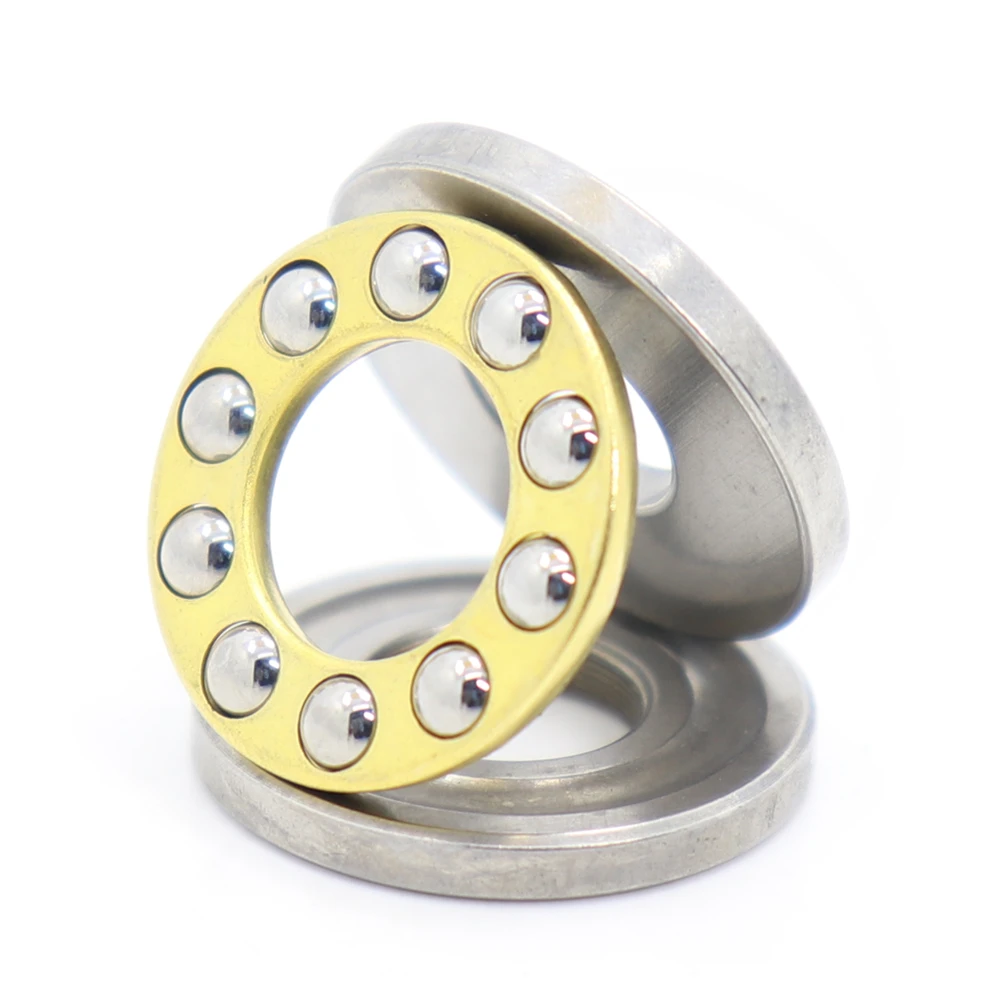Self-Aligning Ball Bearing Size Guide: Dimensions and Specifications
Self-Aligning Ball Bearing Size Guide: Dimensions and Specifications
Blog Article
Self-Aligning Ball Bearing Dimensions: A Complete Size Chart
Self-aligning bearings product catalog are essential components in various equipment and machinery, known for their capacity to withstand misalignments and reduce friction. These bearings are particularly useful in applications where shafts may have issues aligning because of assembly errors or the operation of. Knowing the dimensions and specifications of self-aligning ball bearings is crucial for selecting the right bearing for your application. This guide gives a thorough overview of the key dimensions and specifications you should consider.
Dimensions and Basic Specifications
Self-aligning ball bearings come in a variety of dimensions and specifications, each is suited for a specific application. The main dimensions to think about comprise the bore diameter, the outer diameter and width. These dimensions are typically specified in millimeters. They are essential to determine the bearing's compatibility with the machine you are using it.
The Bore Diameter (d): This is the diameter inside the bearing, which fits onto the shaft. The bore diameter can vary from as small as 10 mm to over 100 mm, depending on the bearing size. An accurate measurement of the bore diameter is vital for ensuring a perfect fit and avoid problems such as too much play, or shaft disalignment.
The Outer Diameter (D) Outer Diameter (D): The external diameter is the diameter of the bearing, that determines the way it fits into the support structure or housing. It is crucial for ensuring that the bearing fits securely within the specified space. Outer diameters vary greatly in the range of 30 millimetres to 150 millimetres or more.
Width (B): The width of the bearing refers to the space between the outer and inner rings. This size affects the bearing's capacity to carry loads and overall stability. They are generally offered in a variety of sizes to accommodate various load requirements and space constraints.
Load Ratings and Material Specifications
When choosing self-aligning ball bearings, load ratings are another crucial aspect to take into consideration. Bearings are subject to various types of loads, which include both axial and radial loads. Self-aligning ball bearings are made to withstand radial loads as well as moderate axial loads across both direction. They are specified as static and dynamic load ratings, show the bearing's capacity to withstand these forces with no risk of premature failure.
Dynamic Load Rating (C) C): This rating represents the bearing's ability to handle radial loads during operation. It is usually expressed in the kilonewtons (kN) and represents the bearing's performance in normal operating conditions.
Static Load Rating (C0) Static Load Rating (C0): The static load rating indicates the capacity of a bearing to handle static loads without causing excessive deformation. This rating is crucial in applications where the bearing will be exposed to excessive loads even while stationary.
The materials used in self-aligning ball bearings, such as ceramic or steel, play a role in their durability and performance. High-quality bearings often make use of materials that offer greater durability and resistance to corrosion and wear.
Design Variations and Features
Self-aligning ball bearings come in different configurations of design that include shielded, open and sealed models. Open bearings allow for direct cooling and lubrication, however they require regular maintenance. Shielded bearings, on the other hand, come with metal shields that guard against contamination while decreasing the requirement for regular lubrication. Sealed bearings feature rubber seals that offer the best level of protection against dust and moisture, making them ideal for difficult environments.

Conclusion
The best self-aligning ball bearing involves understanding the critical dimension and specification, such as the bore's diameter and diameter as well as its outer width and loads. If you take into consideration these parameters along with the material and design variations that you have to choose the right bearing to ensure optimal performance and longevity to meet the requirements of your particular application. Whether for industrial machinery or for consumer products, accurate bearing selection is key to ensure an efficient and reliable operation. Report this page